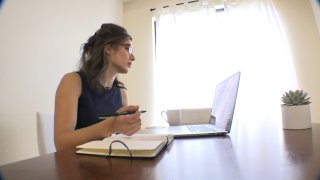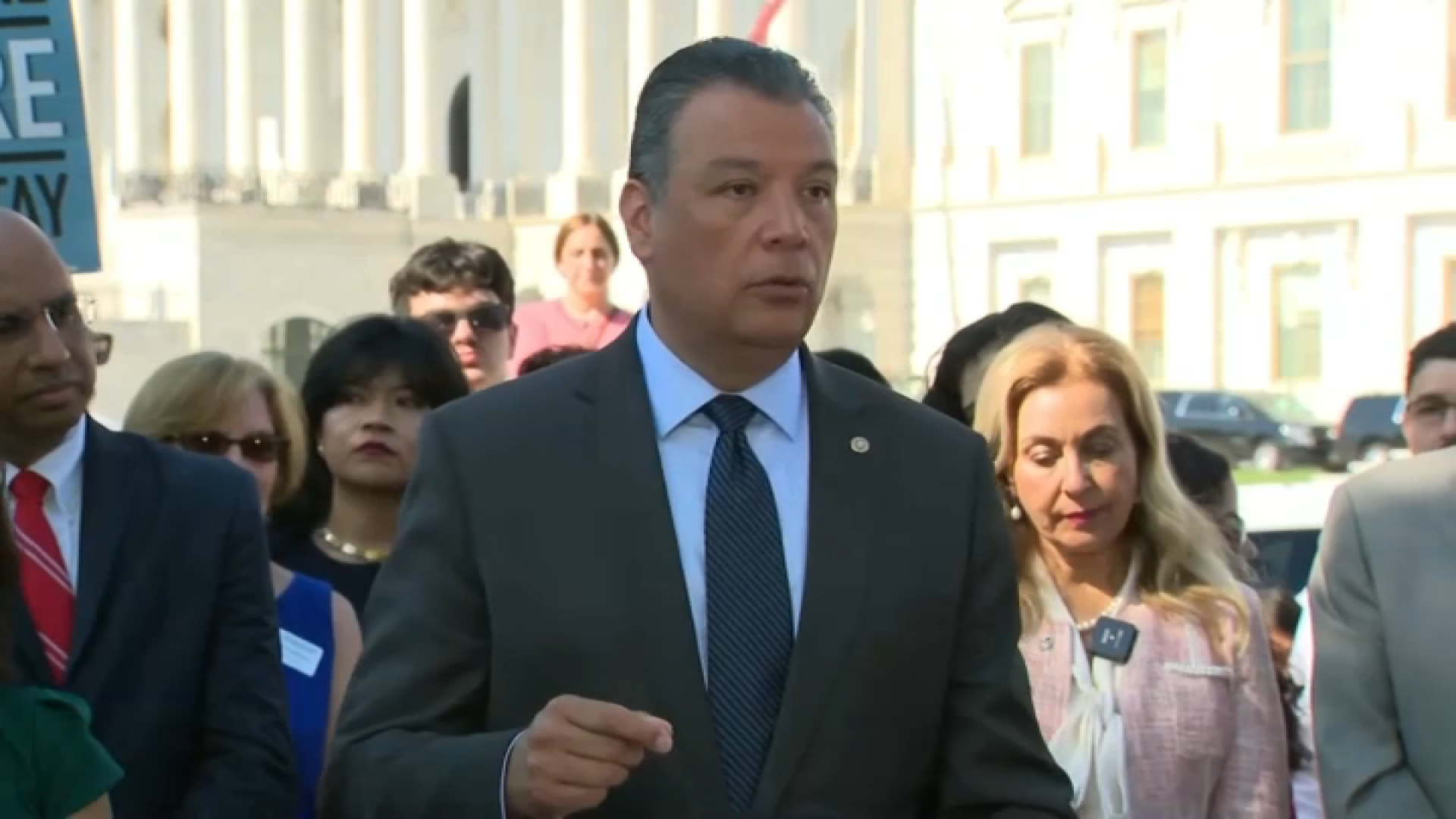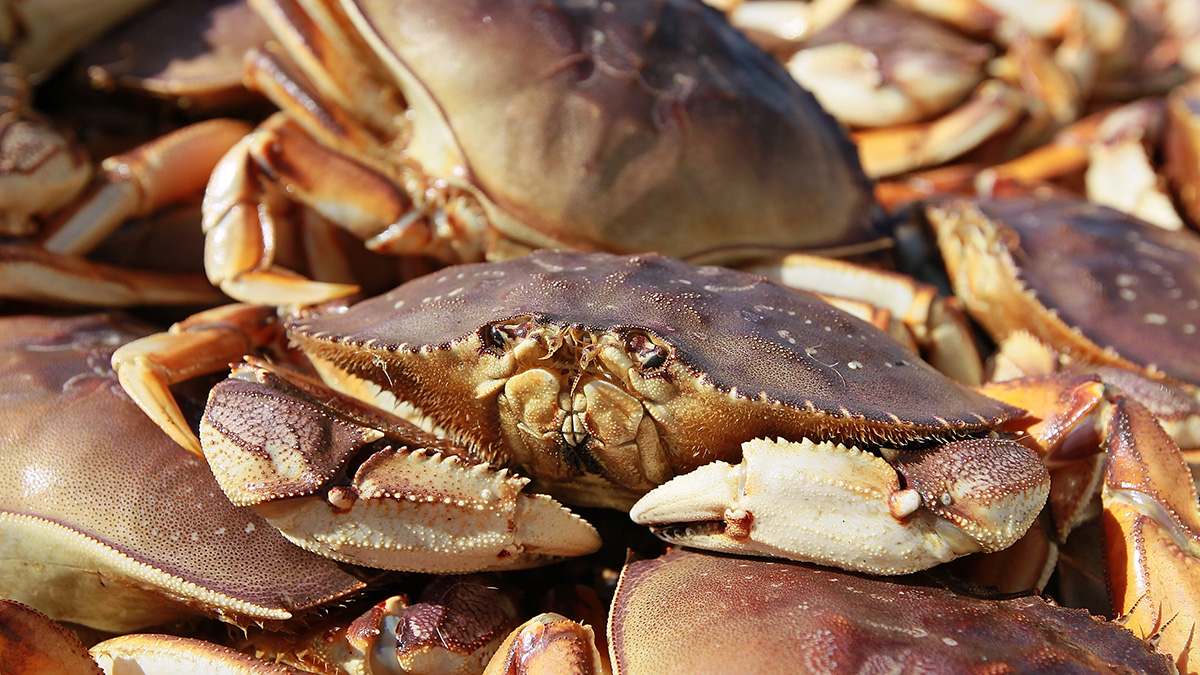
Given the statewide levels of COVID-19 infections, most California colleges and universities must offer classes virtually except for limited hands-on courses that will require physical distancing and other protocols to limit contact between students.
That's according to a 34-page state guidance for colleges and universities, released Friday by California's Department of Public Health.
Campuses across California's three public higher education segments -- the University of California, California State University and the community college system -- were already planning to hold most classes remotely. But the guidance, which comes just before the start of a new academic year, is the first such direction from the state.
The guidance touches all aspects of life on college campuses. Dining halls are urged to provide "grab-and-go" meals. Housing should be limited to one student per room whenever possible, and nonessential shared spaces like game rooms and lounges should be closed. Drinking fountains are prohibited.
To keep students six feet apart, physical barriers such as plastic screens should be installed between bathroom sinks. Students and staff must wear masks in buildings and outdoors when six-foot distancing is not possible in keeping with California's mandate.
The state is encouraging but not requiring colleges to test students and staff for the coronavirus. If there are positive cases of COVID-19 at a college, a campus could be partially or fully closed.
Indoor lectures will not be allowed at colleges in counties that are on the state's coronavirus monitoring list for three consecutive days, but some non-lecture courses like science labs may be permitted at those campuses. As of Friday, 38 of the state's 58 counties are on the list. The listings are frozen, however, while the state deals with problems in the posting of its data.
California
Some campuses are scheduled to begin this month, such as many Cal State campuses; some community colleges including Las Positas College in Alameda County, a community college that opens on Aug. 17; and UC Berkeley and UC Merced, which open on Aug. 26.
Berkeley and Merced have said they will be offering courses entirely online at the beginning of the semester. Other campuses will offer a limited number of in-person classes. San Francisco State, a Cal State campus, says that some "courses that require some measure of in-person experience" will be held in person when it begins on Aug. 24. Those classes include many clinical courses, nursing classes and labs.
For those classes, the guidance encourages campuses to consider using "non-classroom space" for instruction, such as the regular use of outdoor space.
Campuses are also encouraged to limit physical contact between students by spacing desks at least six feet apart, holding small classes in large rooms, designating routes for entry and exit and creating new procedures for turning in assignments.
"As colleges and other institutions of higher education plan to resume in-person instruction, it's critical that campuses make modifications to reduce risk," Dr. Erica Pan, the state's top epidemiologist, said in a statement. "This guidance aims to help prevent the spread of Covid-19 among our students, families and the communities where they study."
In a statement, CSU Chancellor Tim White said the state's guidance "aligns with the California State University's priorities of maintaining the health and well-being of students and employees" and added that each of the system's 23 campuses would review their plans to make sure they comply with the guidelines. White has directed that most CSU campuses offer virtual classes in the fall, except for a small group of hands-on courses that will be permitted.
A spokeswoman for the UC system president's office declined to comment.
"It would be premature for us to comment immediately, as we need some time to carefully assess the guidelines and their implications," said UC spokeswoman Claire Doan.
Even though only a few courses will be offered in person, many campuses are still planning to offer housing to students. UC Berkeley, for example, plans to house about 3,200 students even though that university is planning to start the year with no in-person classes. Housing at Berkeley will be prioritized for students who most need to live on campus, including those who have disabilities or are low-income, as well as student athletes.
The state's guidance acknowledges that it will be "difficult to maintain physical distancing in on-campus housing, and even modified guidelines may be difficult to achieve." It also says, however, that colleges should decrease the risk of student exposure to COVID-19 by reducing the number of students in dorms, minimizing the number of students per bathroom and restricting access to the building by non-residents.
Under the guidance, colleges are told to consider "routine systematic testing of staff or students" but there is no mandate to do so and it does not define what would constitute "routine" testing. Colleges are also encouraged but not required to conduct daily health screening of faculty, staff and students by having those individuals report their symptoms or take temperature checks.
Some but not all colleges across the state plan to test students and staff for the coronavirus. Most of UC's nine undergraduate campuses are planning to provide testing, though it's not clear for every campus how frequent the testing would be. In the case of UC San Diego, which has one of the most robust testing and contact tracing plans of any campus nationwide, students and staff are expected to be tested at least once monthly.
Across the CSU, all 23 campuses are planning to have "some aspect of testing, notification and contact tracing procedures," said CSU spokeswoman Toni Molle, who added that those plans will vary from campus to campus.
Colleges are required under the guidance to establish a "campus-specific COVID-19 prevention plan," but it does not tell them specifically what that plan should be. The guidance also says college sports may return but only if a number of conditions are met. For practices to occur, there would need to be regular Covid-19 testing of athletes and support staff.
The guidance does not define specifically how frequently the testing would need to be.
For games to resume in "high contact risk sports" testing and results must be available for athletes within 72 hours of competition. Masks would also be required for coaches, staff, media and players not participating in the game. Schools would also need to have a system in place for notifying opposing schools if an athlete tests positive for the virus within 48 hours after the competition, according to the guidance.
"California will consider further action if the NCAA or other sport institutions fail to meet these requirements and prioritize their economic interests over the health and well-being of players - and their families," Gov. Gavin Newsom said in a statement.
If a college or university detects a positive case of COVID-19 somewhere on campus, the individual who is sick should either go home or, if they live in campus housing, "follow isolation procedures." They also may need to be transported to a healthcare facility depending on how severe their symptoms are.
Those who have come into contact with an individual with Covid-19 will also be required to stay home or in their dorm rooms.
In the event of a positive case of the virus, colleges will also need to consult with their local health departments, who will recommend what actions the college should take, including possibly closing some or all of the campus. "Parts or all of the campus might need to close temporarily as students or staff quarantine," the guidance states.
EdSource reporter Ashley A. Smith contributed to this story.
This story was originally published by EdSource. Please use the original link when sharing: https://edsource.org/2020/california-releases-guidance-for-reopening-colleges-and-universities/637909



